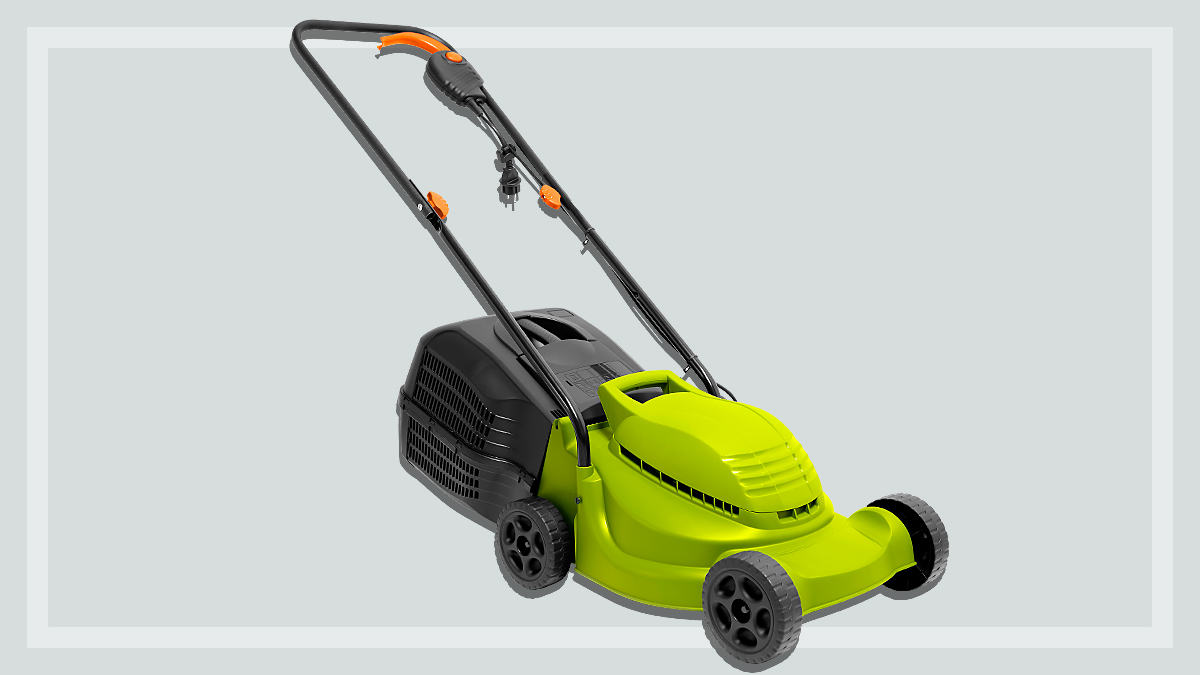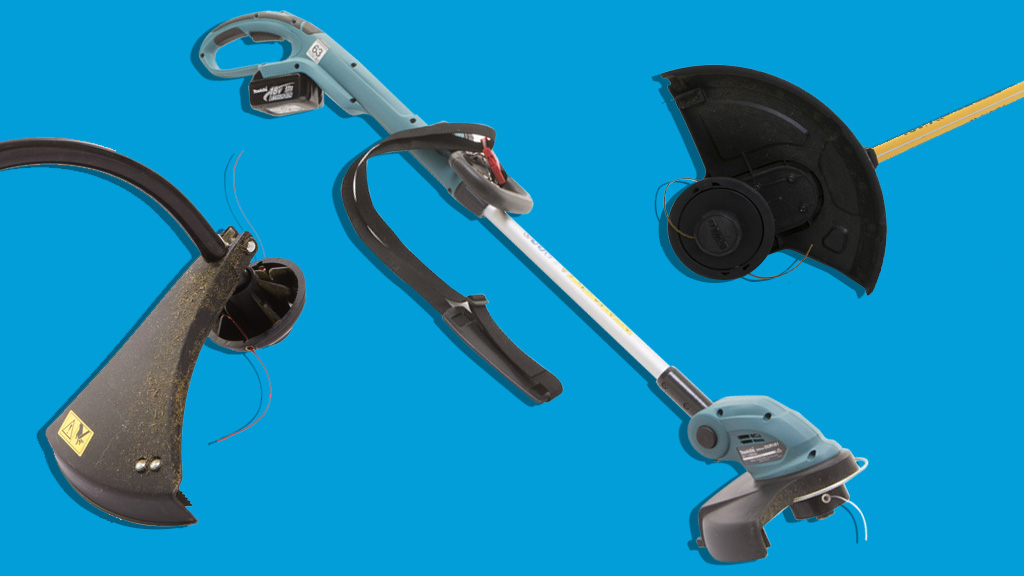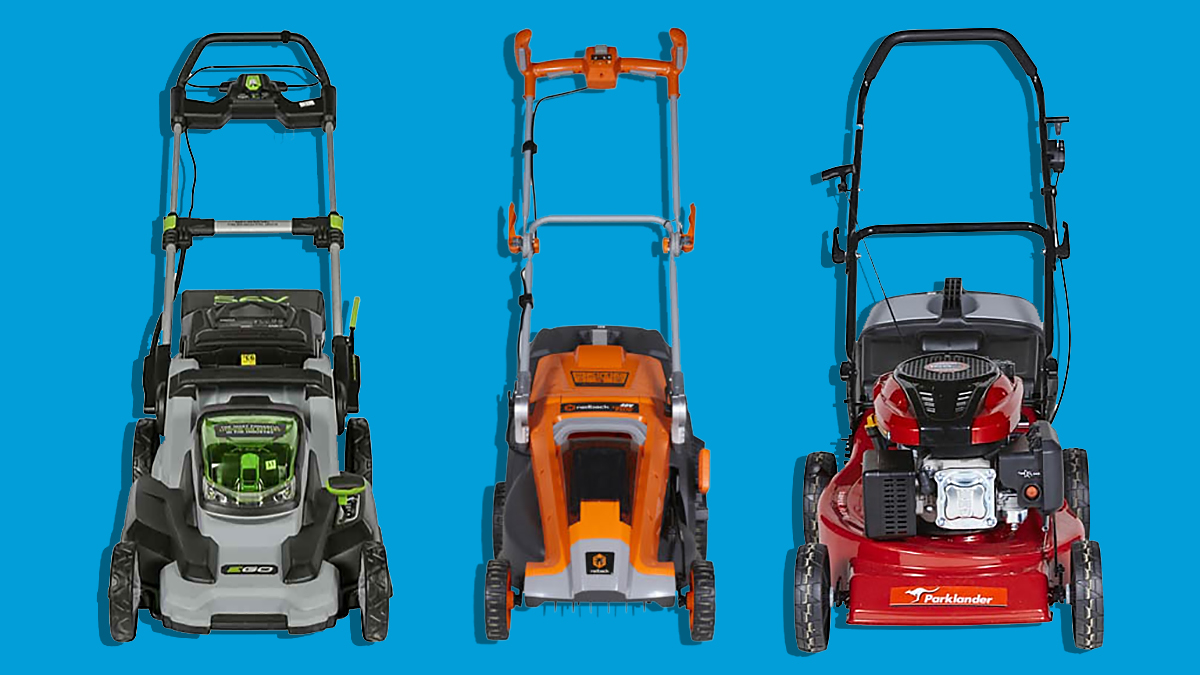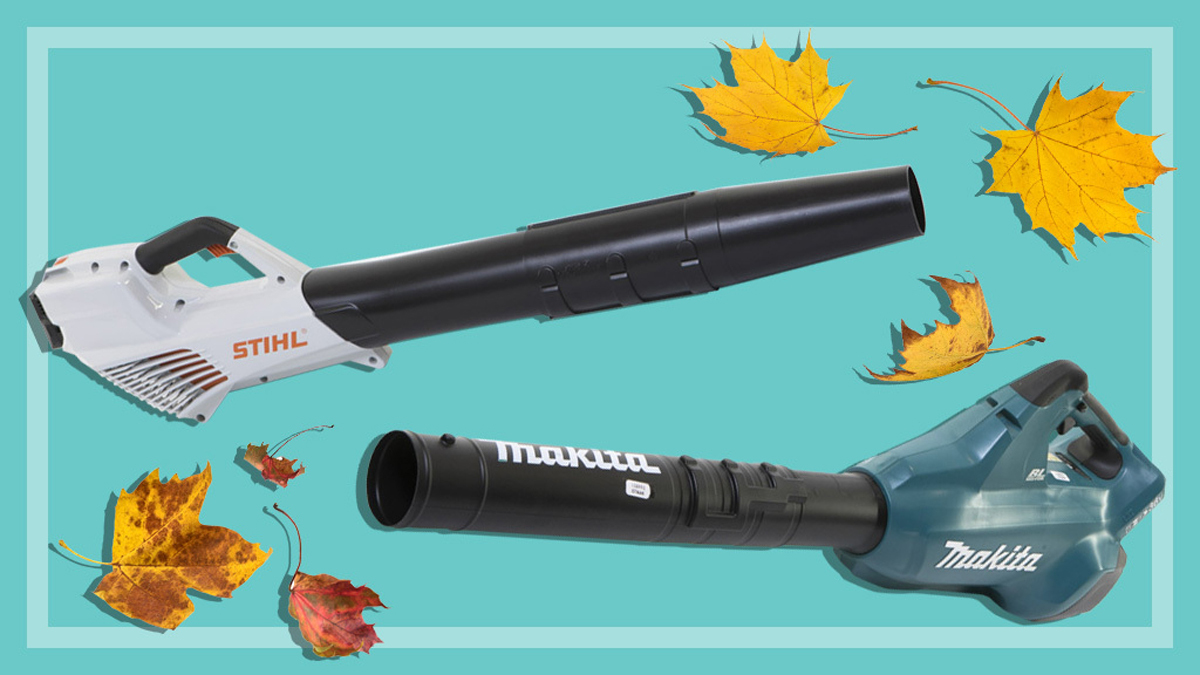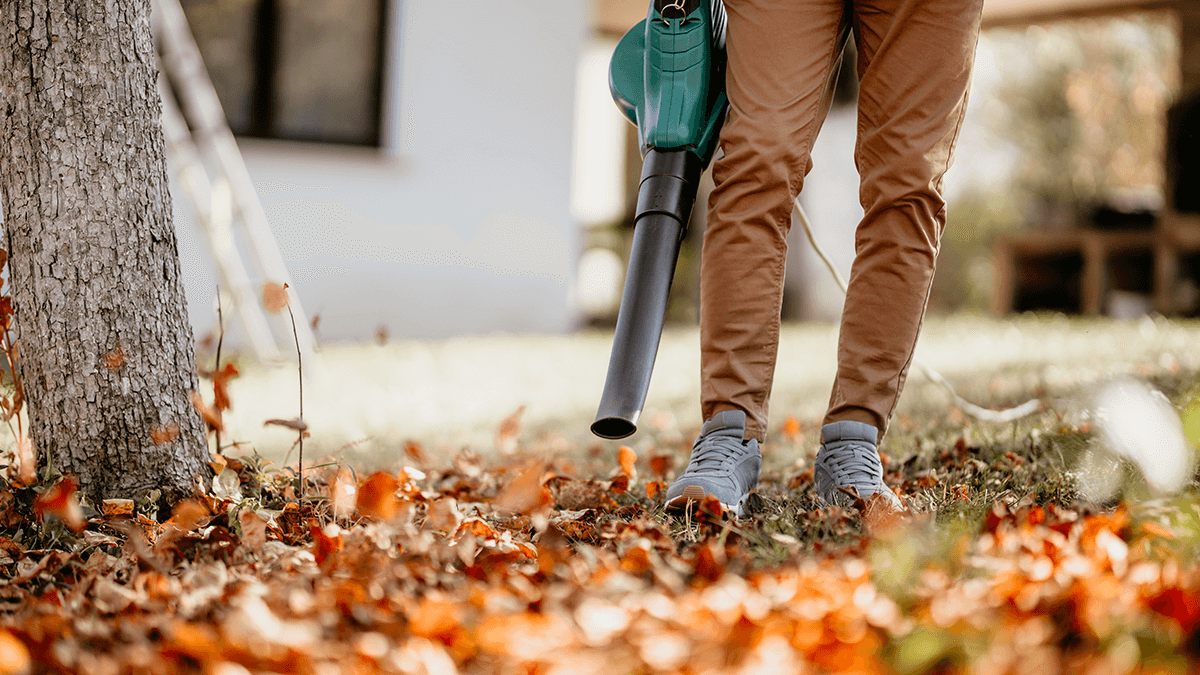Get our independent lab tests, expert reviews and honest advice.
How we test lawnmowers
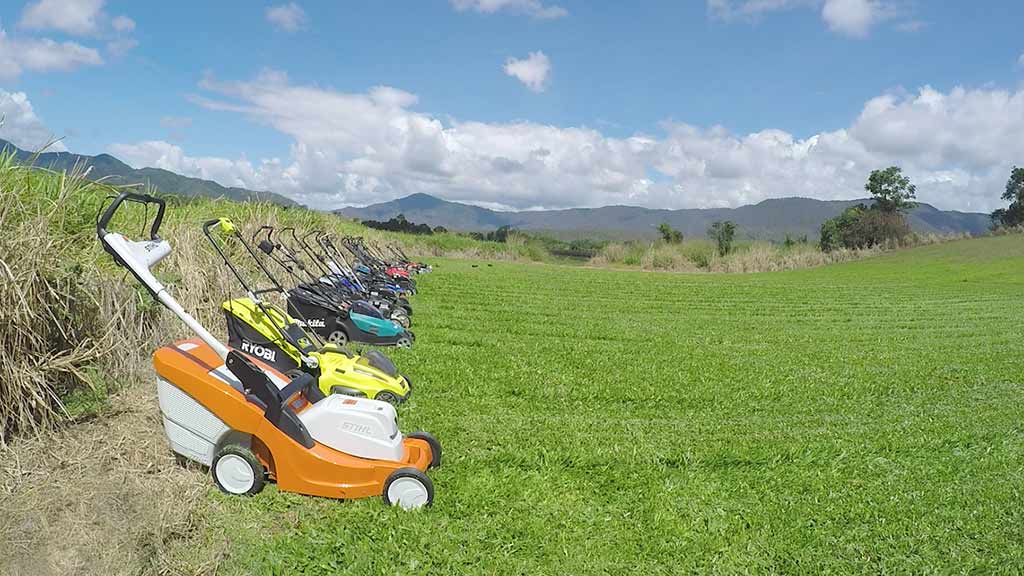
Our experts put petrol, electric and cordless (battery) lawnmowers through their paces every year to help you choose the right mower for your lawn. Here’s how they do it.
On this page:
- Our expert testers
- How we choose which lawnmowers we test
- How does CHOICE test lawnmowers?
- Test criteria explained
- Our test lab
Our expert testers
At CHOICE, the vast majority of our product testing is done by our qualified in-house testers. Our testers are highly experienced in testing a wide range of products, and many sit on Standards committees and belong to other professional bodies. Our robust lawnmower test method is based on the late Peter Horvath’s experience testing hundreds of lawnmowers in real-life conditions over the years.
How we choose which lawnmowers we test
Most of the time, our priority is to test what you’ll see in stores. Our selection typically comes from brands you’ll see in independent lawnmower outlets or major hardware stores – so long as they’re targeted to the domestic market.
To come up with our list, we survey manufacturers to find out about their range of models. Our lawnmowers are bought anonymously at retail, so they’re the exact same products you’d buy yourself, and you can be confident they haven’t been ‘tweaked’ in any way.
We aim to test in spring in order to publish the results in time for the summer mowing season. Sometimes weather and other circumstances force changes to the schedule, but we usually find a way!
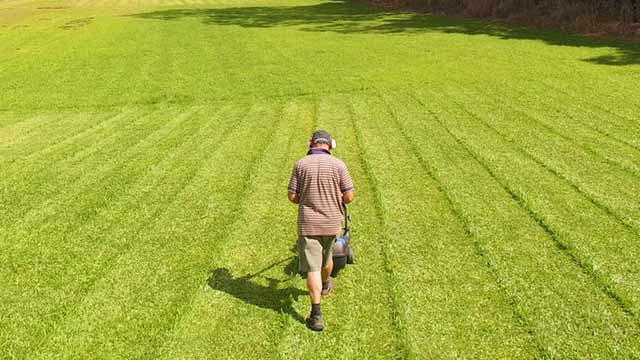
How does CHOICE test lawnmowers?
Lawn is prepared to short (30mm) and medium (70–100mm) lengths, and an area of grass has been left to grow long (300mm+).
Performance
After adjusting the lawnmower settings so they’re performing at their best, our experts assess how well the mowers cut the grass down to various lengths. We use both catcher and mulcher mode (if available) for the short and medium cutting tests.
When judging the results for short and medium catcher and mulcher tests, we’ll look at whether the lawn surface is even or clean, and if there’s any uncut grass or areas left in clumps.
Mulching mowers should cut and blow small clippings neatly back into the lawn. If they don’t, they’ll get points deducted from the performance score.
We also check how well the mowers can handle long grass (it may get this way after a long holiday, for instance). We don’t attach the catcher or use mulcher mode. Instead, we see whether the mower is powerful enough to handle the job without slowing down too much.
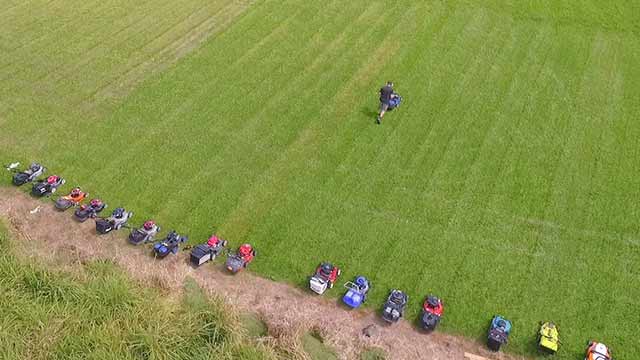
Ease of use
Our experts review:
- pushing and manoeuvring
- handle comfort
- ease of operation (how convenient the controls are)
- ease of cutting height adjustment
- noticeable vibration (usually more pronounced on petrol models)
- ease of fitting the catcher
- ease of starting (petrol models).
We also assess noise at operator level and from a short distance away.
Other measurements
Our experts bring along a steel ruler to our test site and measure how much grass is left on the sides and front of the mower after cutting.
For battery mowers we time the actual battery life, as opposed to using the manufacturer’s claimed battery life. We measure battery life with the mower running, but stationary; unfortunately it’s not practical to mow for hours in order to measure the battery life under load. All of this comprehensive information is available in our lawnmower reviews.
Test criteria explained
The CHOICE Expert Rating is made up of:
- catcher cutting score (25%)
- mulcher cutting score (if applicable) (25%)
- ease of use (50%)
For mowers without a mulcher mode, the catcher score makes up 50%.
Our test lab
We maintain climate-controlled labs that are up to date with the latest reference machines and calibrated measurement tools for our testers to bring you the right results. For tests of outdoor equipment such as lawnmowers, most of the actual testing is done “in the field”.
The actual test site can change from year to year, depending on the availability of the site, weather conditions and more, which is why our experienced testers use reference mowers to ensure they keep their assessments as consistent as possible.

